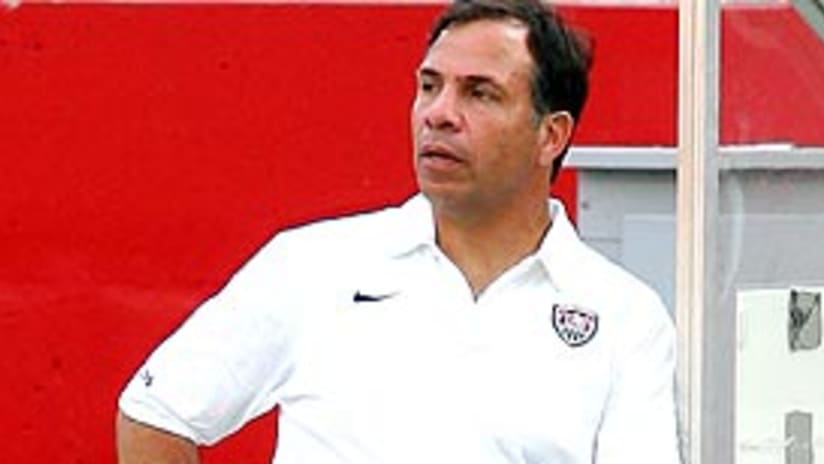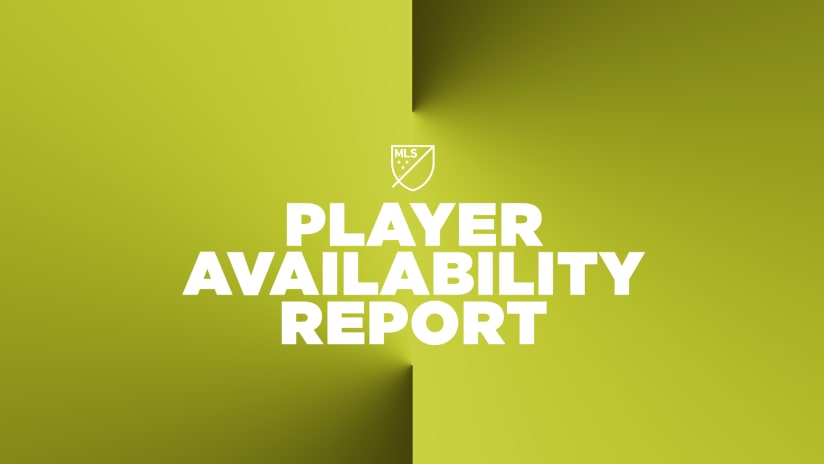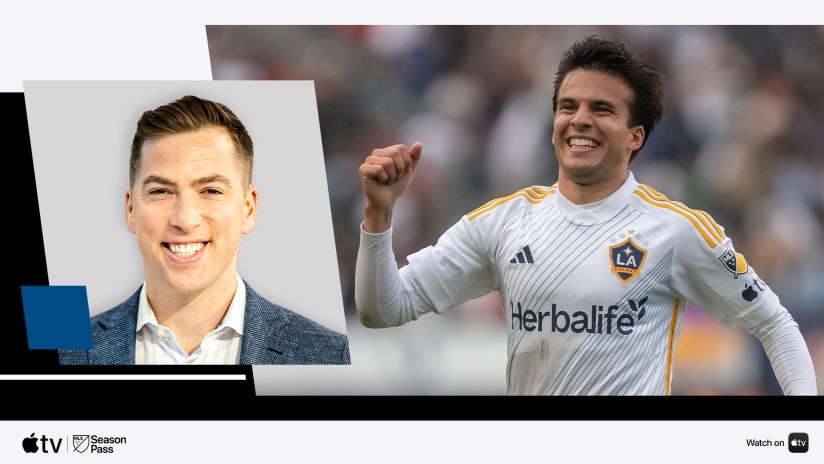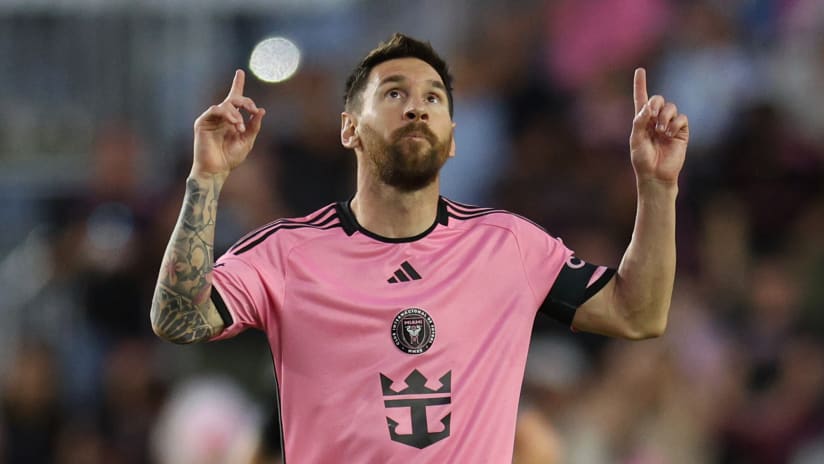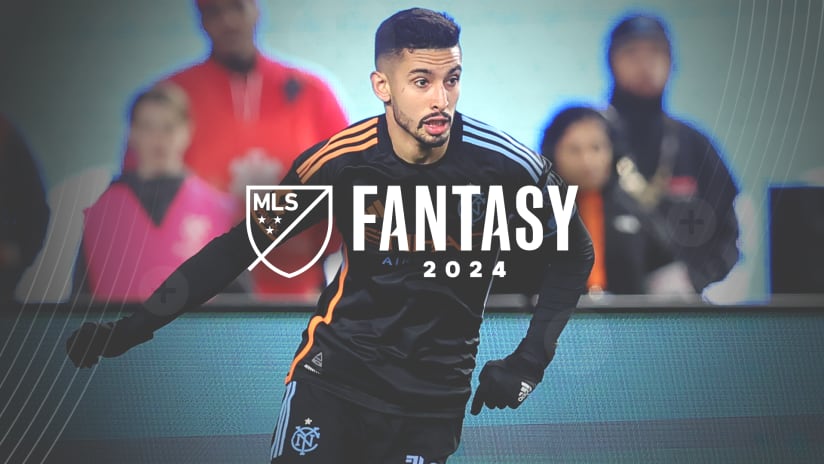If there's anyone who needs to spring for the 140-hour TiVo over those puny 40- or 80-hour boxes, it's Bruce Arena.
A huge part of being a successful national team manager is the willingness to watch countless games on the tube. You have to check up on dozens of players scattered all over the world playing matches in different time zones. Considering that Arena has capped 45 different players with the U.S. national team in 2005 and has roughly 20 others he's keeping a close eye on, that's a boatload of games to watch.
Sometimes it's just to check out a veteran's fitness, which is why Arena tuned in to see Claudio Reyna play with Manchester City in their 3-1 preseason victory against Olympiacos last weekend. Other times, it's to monitor a young American playing overseas such as a Conor Casey in Germany or a Jonathan Spector in England.
But by and large, and mixed in with a few episodes of "Curb Your Enthusiasm," most of Arena's time in front of the TV is spent watching MLS matches. In fact, he's been known to see at least a portion of every single game over the course of a season. It is during this time when he formulates his roster for the next friendly or World Cup qualifying match and decides which players are deserving of a call-up and those who are not.
"I have an ongoing list of players I'm always adding," said the U.S. manager while at Rentschler Field on Tuesday afternoon to promote the Aug. 17 match with Trinidad & Tobago. "It's really ongoing. I'm constantly going from one game to the next given the issues of injuries and suspensions. So I always have something going. And then if we qualify, a whole new list starts again."
MLS standouts such as Jimmy Conrad, Clint Dempsey and Brad Davis have all received chances with the national team during the past year based on how they performed with their respective clubs. Every now and then, one of Arena's assistants will make a case for a player to get a shot. That's what happened with Santino Quaranta, as Curt Onalfo recommended the D.C. United midfielder for the CONCACAF Gold Cup after he watched him play in person several times during the spring.
But for the most part, it's all Arena. He says he doesn't talk to MLS coaches about his selections, so it's not as though he's receiving countless endorsements that might sway his judgment before he has to name a roster. Having spent three years coaching in the league and winning two championships with D.C. United, he's got a pretty good handle on how a player's performance in the league will translate at the international level.
He's also is able to see the aspects he both likes and dislikes about MLS.
"I don't think the league is any better than it was in '97 or '98," he says. "I think those were the two best years of the league. I do think the American player is better. You can't replace (Marco) Etcheverry, (Carlos) Valderrama, (Roberto) Donadoni. I don't care what anybody says. Today you can't buy Valderrama and Etcheverry. Those guys don't happen. That's a bit of a gap in terms of foreign talent.
"But the American player is better. I think [American players are] much better than they were."
A big reason for that is the residency program down in Bradenton, Fla., for the pool of players that make up the U-17 national team. In the past six years alone, players such as Landon Donovan, DaMarcus Beasley, Bobby Convey, Eddie Johnson and Oguchi Onyewu have gone on to aid the national team in a major way after spending time in residency.
There have also been a handful of players that have left college early to gain experience in MLS, and as a result have ended up on the national team much earlier than expected. Clint Dempsey is the most recent example of that. Over time, the national team has become increasingly younger because of their rapid development of the players in their late teenage years and early 20s.
"Their exposure at the early ages is much greater," says Arena. "They're growing up in a soccer culture now. And when they get in (to MLS) earlier, they become better players."
It being the 10th year of MLS, there's been a lot of debate over which players were the best this league has ever seen and about the team that has been the greatest in the history of MLS. Arena doesn't believe it's a hard choice on both counts.
"Jaime Moreno's been the best player in the history of this league," he says. "By the way, why isn't this guy in the All-Star Game? Who in their right mind would not have that player on the All-Star team? Am I living on a different planet? That's the best player in the league, and he doesn't make the All-Star team. It's remarkable."
Many have said that Etcheverry, a player that Arena also coached for three seasons, is the top player in league history, but Arena thinks that Moreno's longevity has to be factored in.
"Marco was a great player," says Arena, "but (Moreno) has got 10 years in this league and has four championship rings."
As far as teams go, Arena believes it wasn't one of his MLS Cup-winning squads that deserves the moniker as the best team in MLS history. Instead, he thinks the one that was upset by Chicago Fire in the title match in 1998 was his best side. That team featured not only Etcheverry and Moreno, but also Roy Lassiter, John Harkes, Tony Sanneh, Ben Olsen, Jeff Agoos, Richie Williams, Eddie Pope, Carlos Llamosa and goalkeeper Scott Garlick. That's nine players who played for the U.S. national team during that era in one lineup.
"I don't think the league has produced a better team than the one I had in '98," says Arena. "Not even close. That '98 team would beat any team this league has ever seen on a consistent basis."
Arena should know. And he has the cable and satellite bills to prove it.
Marc Connolly writes for ESPN.com and several other publications. This column runs each Wednesday on MLSnet.com and Marc can be reached at marc@oakwoodsoccer.com. This story was not subject to the approval of Major League Soccer or its clubs.

